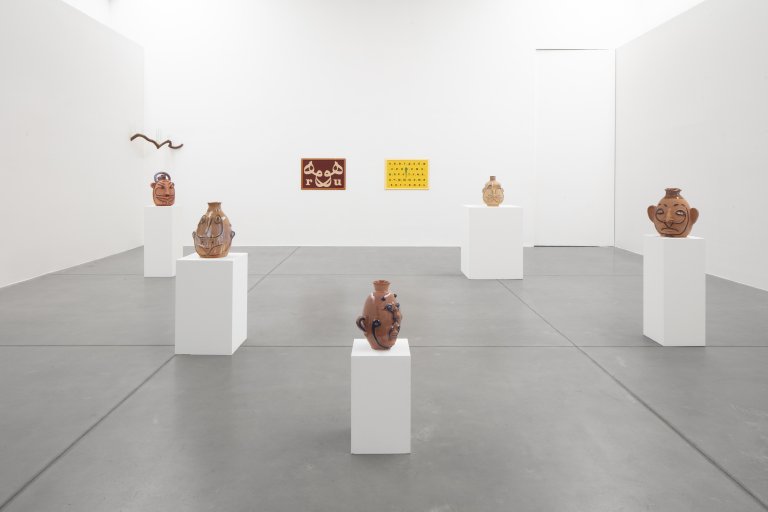
Slavs and Tatars »MAYATEPEK«
Mexico City, May 08, 2025 - June 28, 2025
Galerie Nordenhake Mexico City presents MAYATEPEK, an exhibition by the Eurasian collective Slavs and Tatars, founded in 2006. Their work explores literary and political geographies of Eurasia that challenge our understanding of language, ritual, and identity through publications, installations, and lecture performances.
MAYATEPEK takes its name from the Turkish ambassador to Mexico, Hasan Tahsin Mayatepek, who held the post between 1935 and 1938. While in Mexico, Mayatepek studied the linguistic similarities between Turkish and Mayan, based on words such as tepe (Turkish) and tepek (Mayan), both of which translates as “hill”. Based on these connections, he postulated the idea of a common ancestor between the two cultures.
For MAYATEPEK, Slavs and Tatars conceived works that explore the common heritage —speculative or real— between the indigenous peoples of Central America and the Turkic peoples. The exhibition brings together five bodies of work: False Friends (ceramics and mirrors) —both made in Mexico— along with Bazm u Razm, Bandari String Fingerling, Who Are You?, Alphabet (Uighur) and Saturday, previously exhibited works.
False Friends (Ceramics) revisits the ceramic tradition that originated with the Yoruba people of Nigeria and was later adopted by rural white communities in the southern United States. The series explores representation, beauty, and identity through ceramics. Inspired by Hurufism —a current within Islam which attributes spiritual and mystical meanings to the letters of the alphabet, associating them with physical and cosmic aspects. In each piece the collective attempts to represent Turkish words in their original Arabic spelling, using strokes that evoke facial hair such as eyebrows, eyelashes, moustaches, or beards, seeking visual and sonic resonances with indigenous mesoamerican languages.
The works False Friends (Mirrors) also explore the possible linguistic heritage between Mayans and Turks, using a technique of reverse painting on glass used in both Catholic religious art and the Shiite tradition. The words KAAN in Mayan and KHAN in Turkish, both related to “sky” or “open space above the head,” become symbolic of this transcontinental connection.
For Slavs and Tatars, translation, and especially transliteration, becomes a space for reflection on how languages, like cultures, are mixed, transformed, and sometimes lost in the political process of trying to cross borders.
Payam Sharifi, founding member of the collective, on Slavs and Tatars' artistic practice and their exhibition MAYATEPEK at Galerie Nordenhake Mexico City
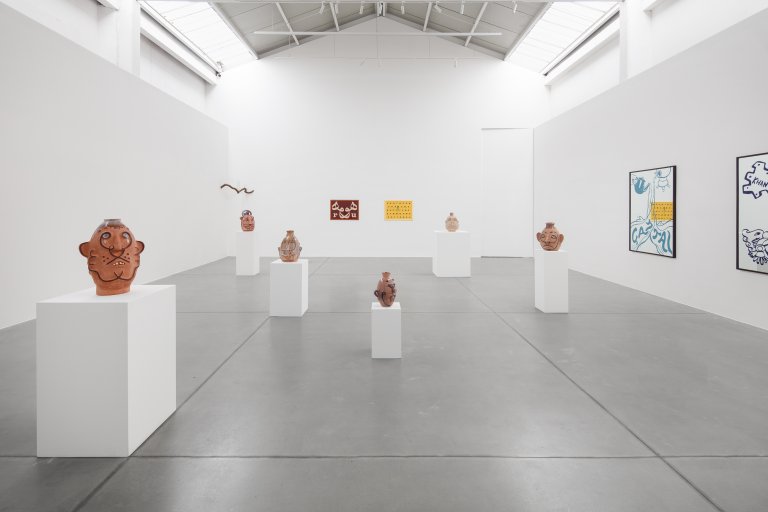
Installation view
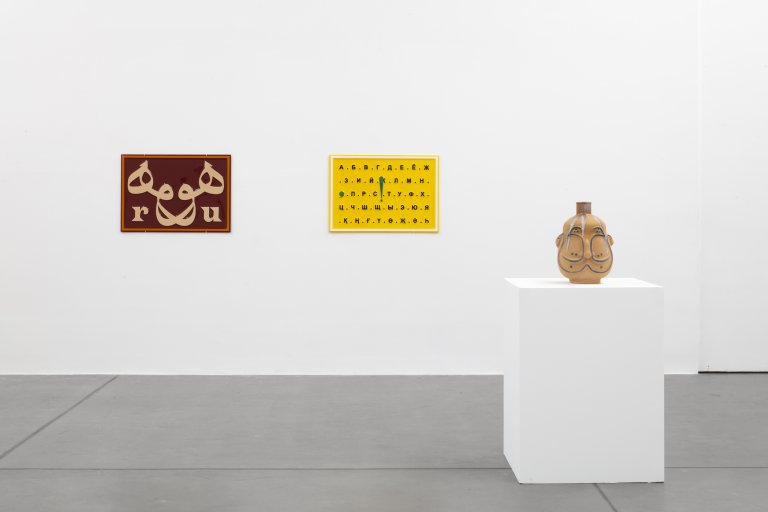
Installation view
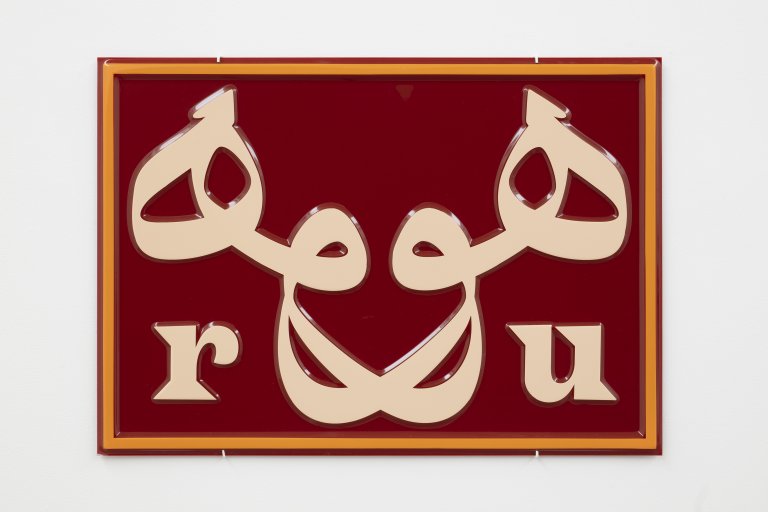
Who are you?, 2021, vacuum-formed, plastic, acrylic paint, 64 x 91 cm, 25 1/4 x 35 7/8 in
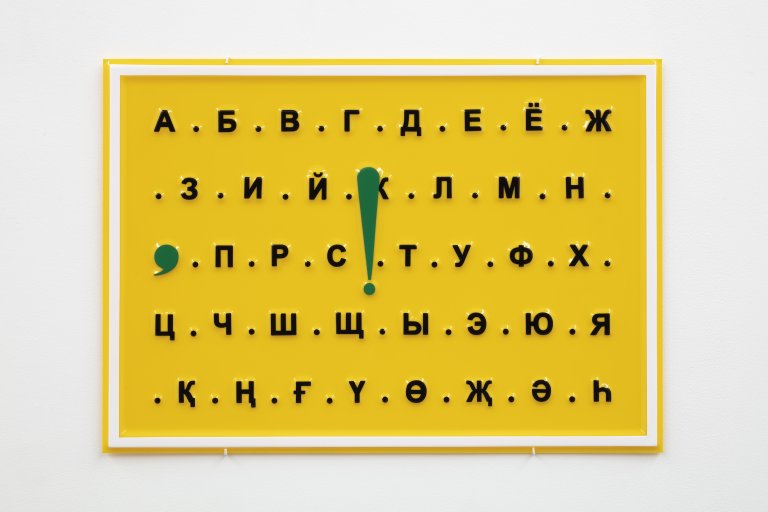
The Alphabet (Uyghur kril yéziqi), 2021, vacuum-formedplastic, acrylic paint, 64 x 91 cm, 25 1/4 x 35 7/8 in
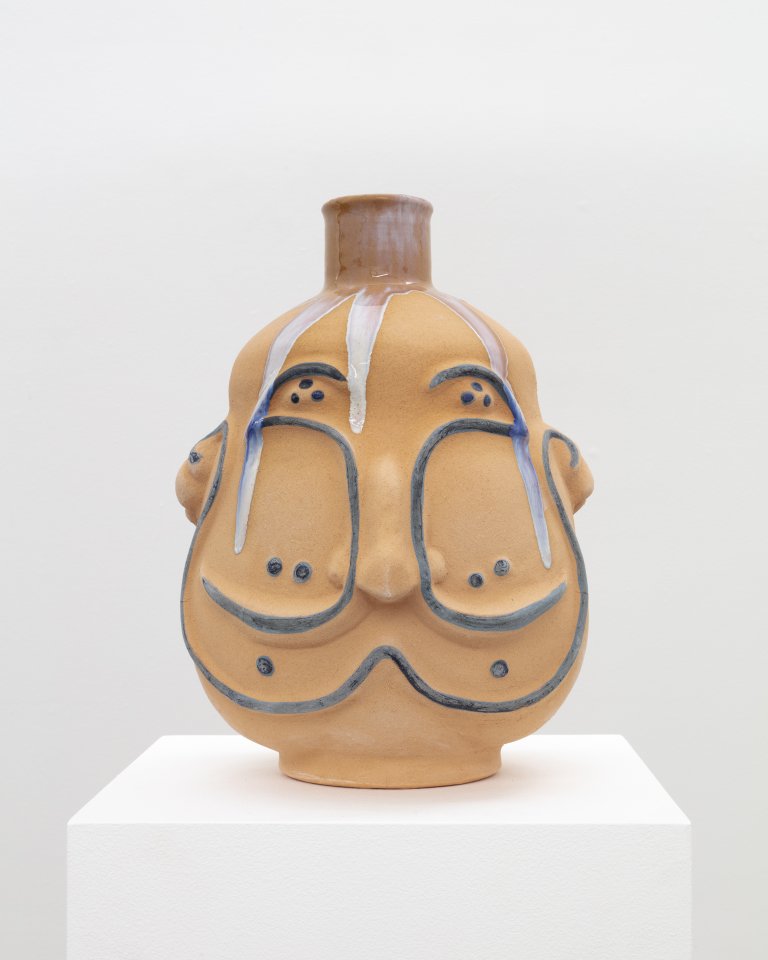
False Friends (El tosco), 2025, glazed ceramic, 30 x 40 cm, 11 3/4 x 15 3/4 in
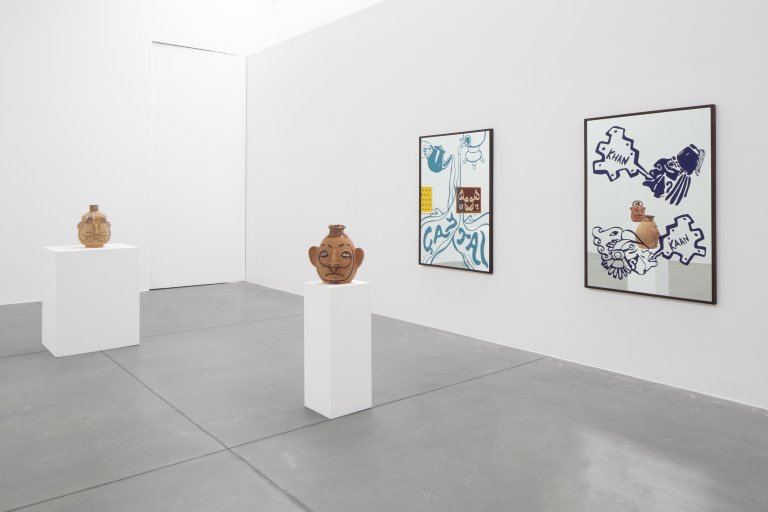
Installation view
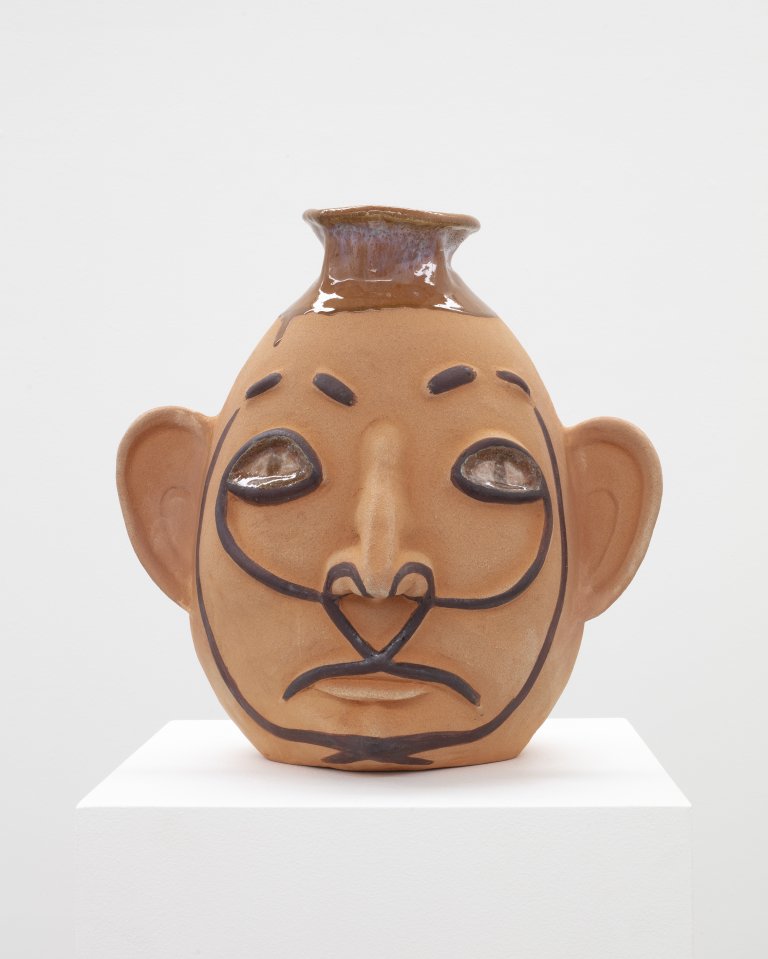
False Friends (El siervo de Dios), 2025, glazed ceramic, 35 x 40 cm, 13 3/4 x 15 3/4 in
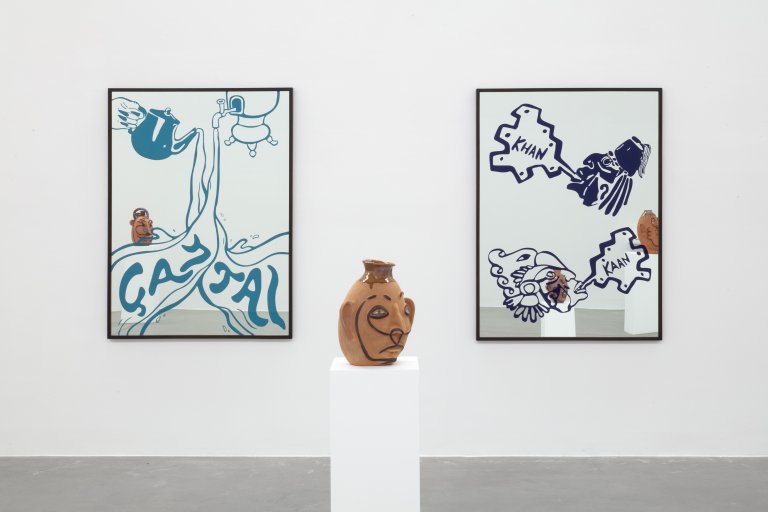
Installation view
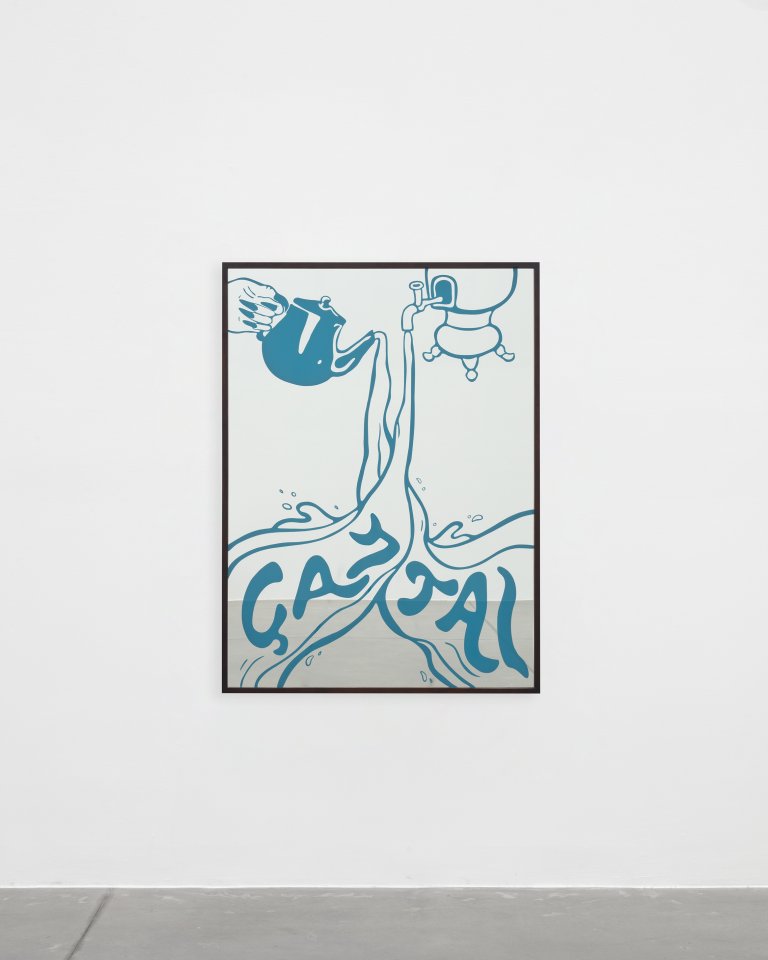
False Friends (té), 2025, reverse screen print, acrylic paint, mirror, wooden frame, 120 x 160 cm, 47 1/4 x 63 in
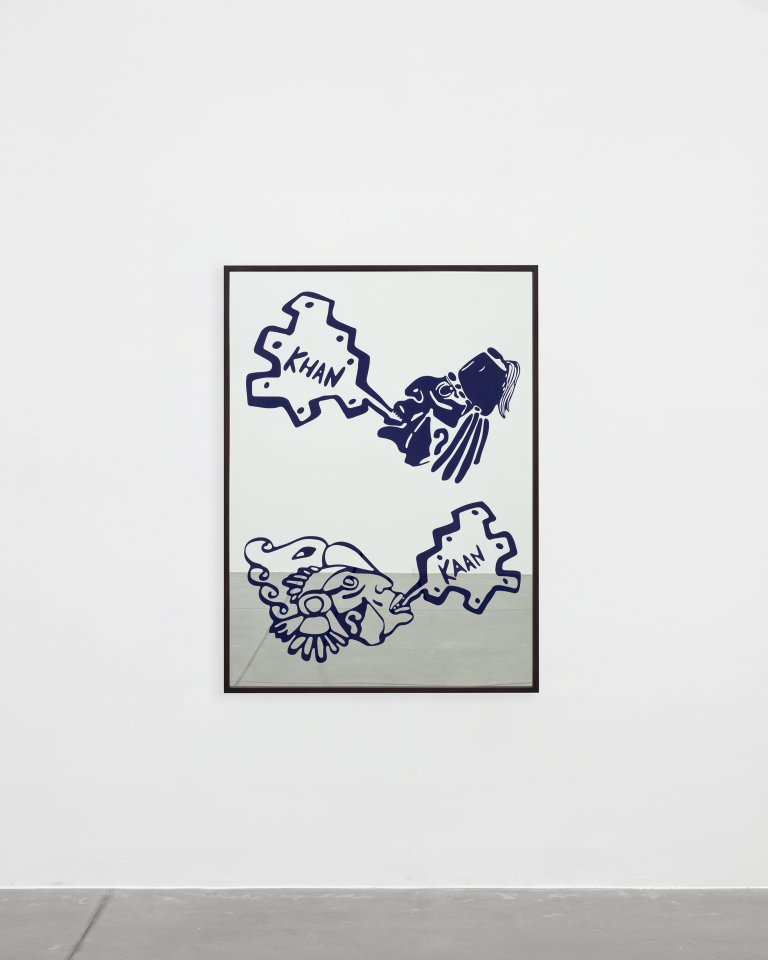
False Friends (señor), 2025, reverse screen print, acrylic paint, mirror, wooden frame, 120 x 160 cm, 47 1/4 x 63 in
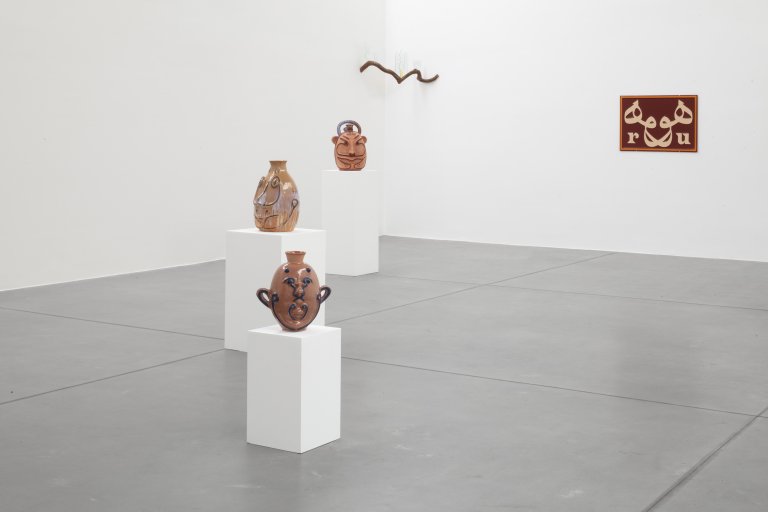
Installation view
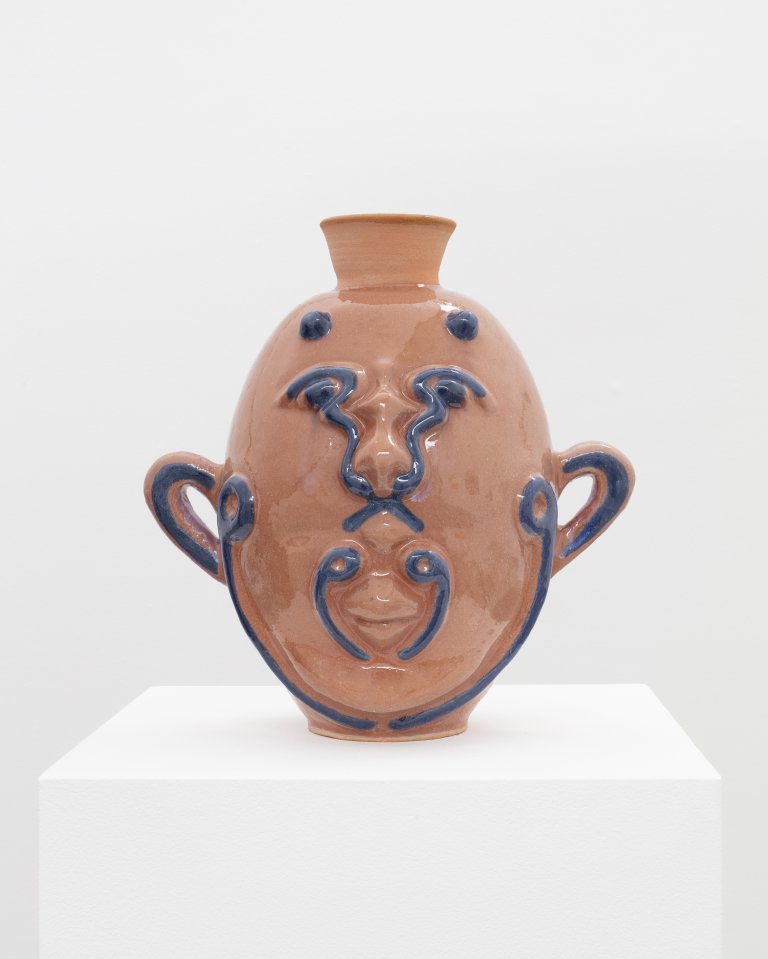
False Friends (La verdad), 2025, glazed ceramic, 35 x 40 cm, 13 3/4 x 15 3/4 in
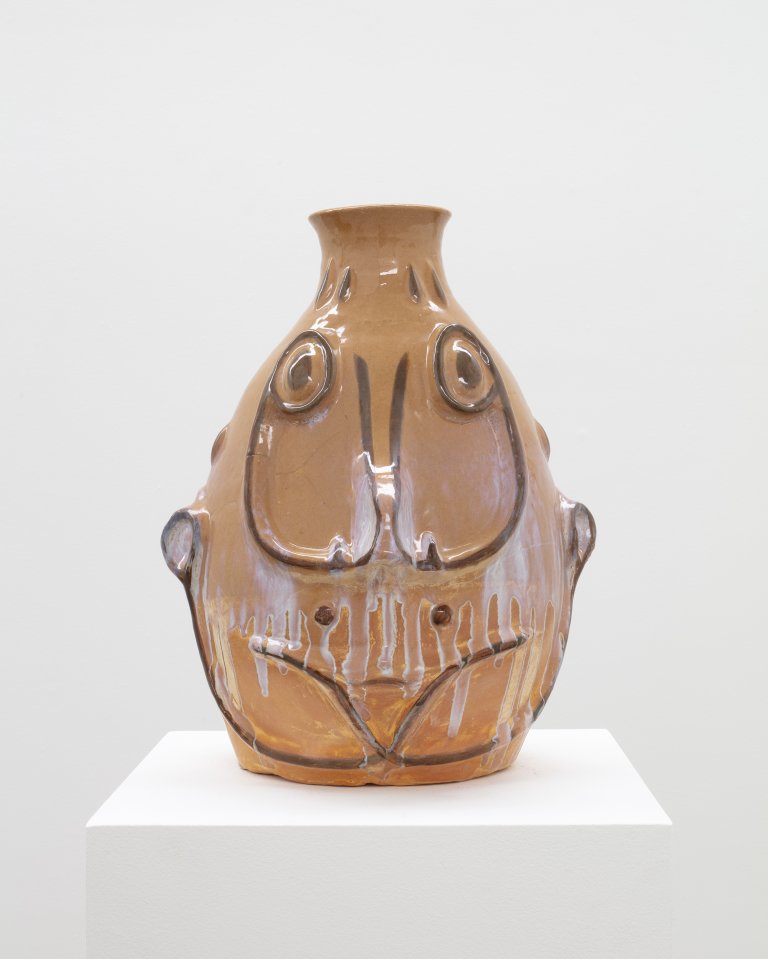
False Friends (El calabacín), 2025, glazed ceramic, 32 x 40 cm, 12 5/8 x 15 3/4 in
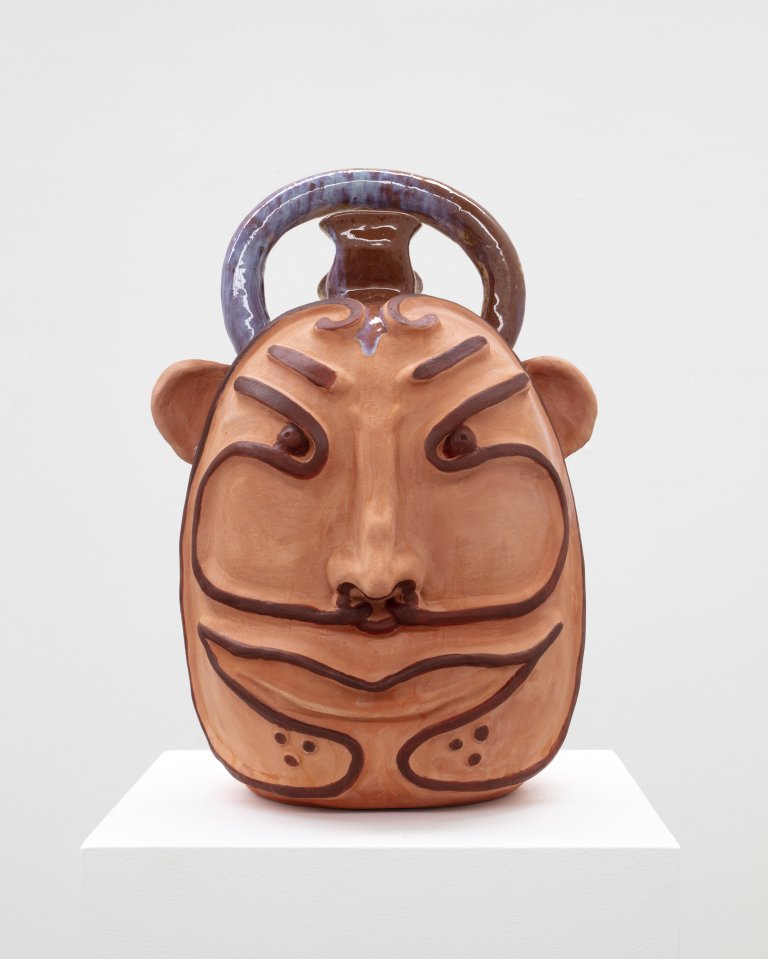
False Friends (La migración), 2025, glazed ceramic, 35 x 50 cm, 13 3/4 x 19 3/4 in
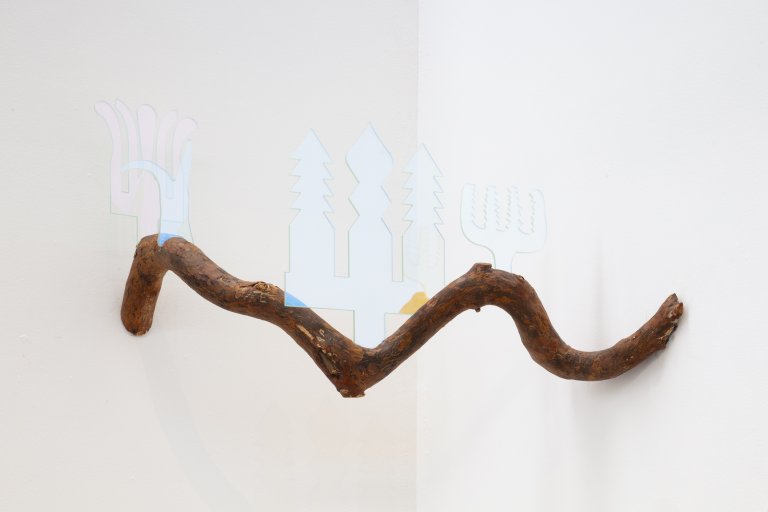
Bazm u Razm (Joint 4), 2015, dichroic glass, branch, 50 x 90 x 45 cm, 19 3/4 x 35 3/8 x 17 3/4 in
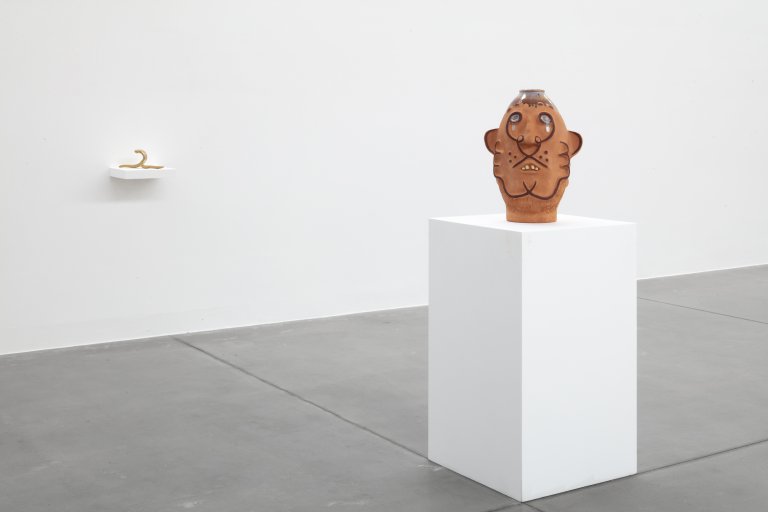
Installation view
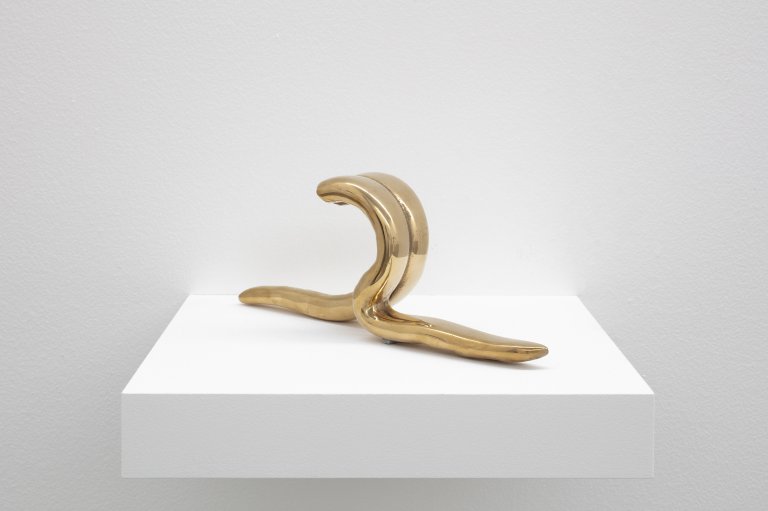
Szpagat, 2015, gold-plated bronze, 11 x 18 x 6 cm, 4 3/8 x 7 1/8 x 2 3/8 in
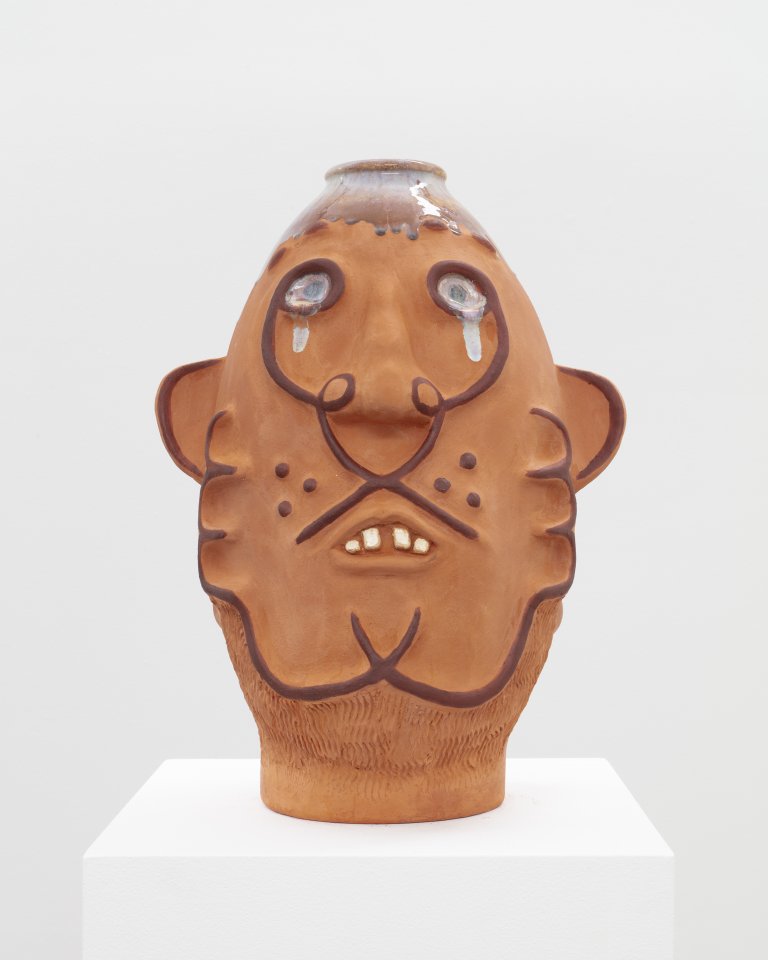
False Friends (El pájaro), 2025, glazed ceramic, 37 x 50 cm, 14 5/8 x 19 3/4 in
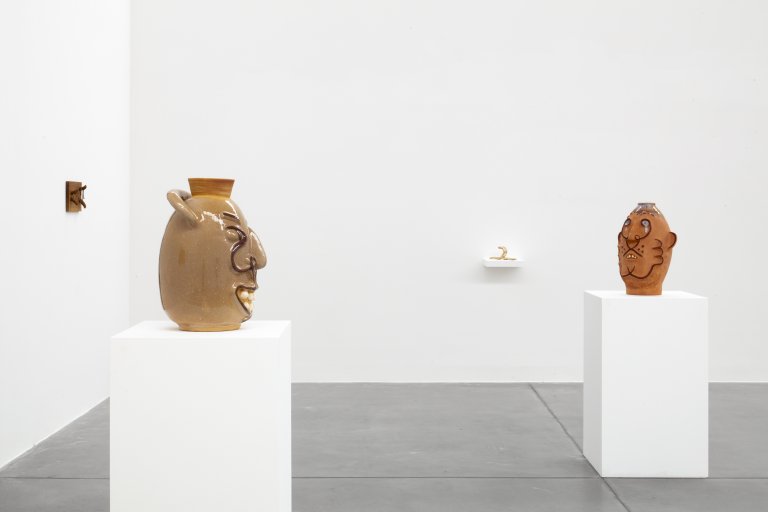
Installation view
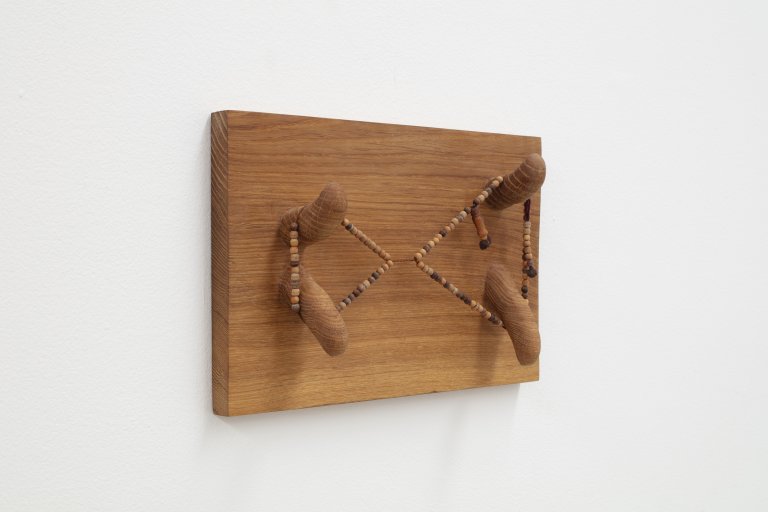
Bandari String Fingerling (santalum), 2014, oak wood, prayer beads, 30 x 20 x 8 cm, 11 3/4 x 7 7/8 x 3 1/8 in

Installation view
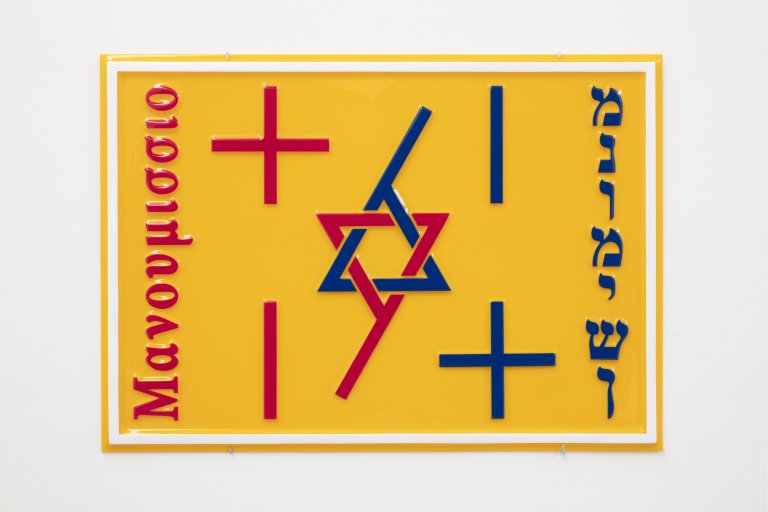
Saturday, 2016, vacuum-formed plastic, acrylic paint, 64 x 91 cm, 25 1/4 x 35 7/8 in
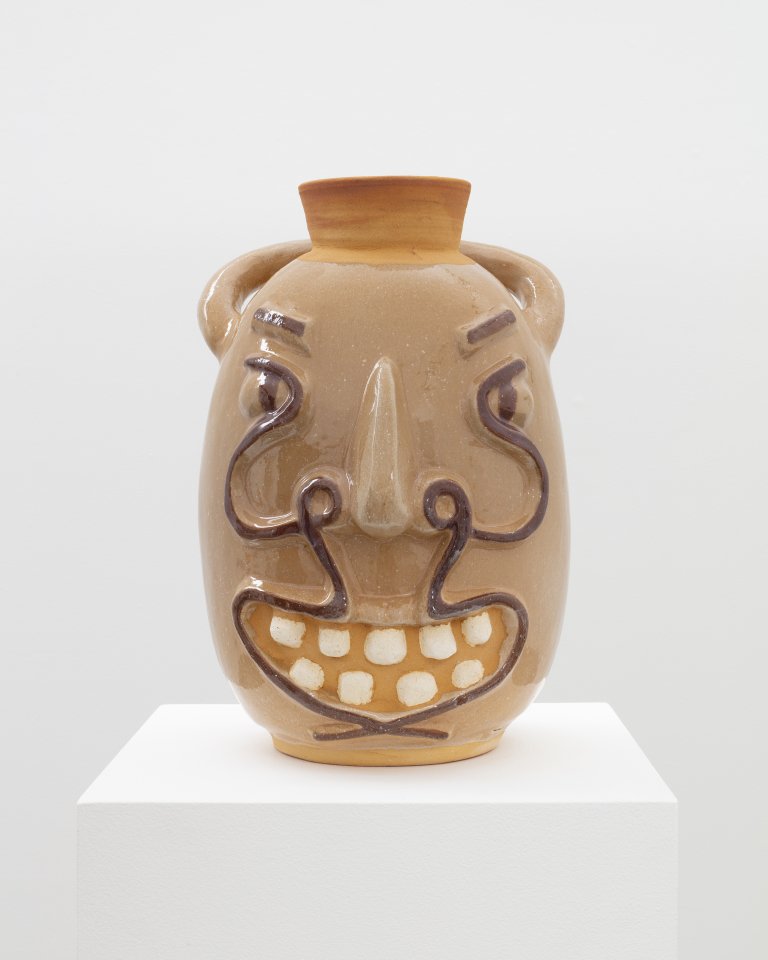
False Friends (El barco), 2025, glazed ceramic, 30 x 40 cm, 11 3/4 x 15 3/4 in
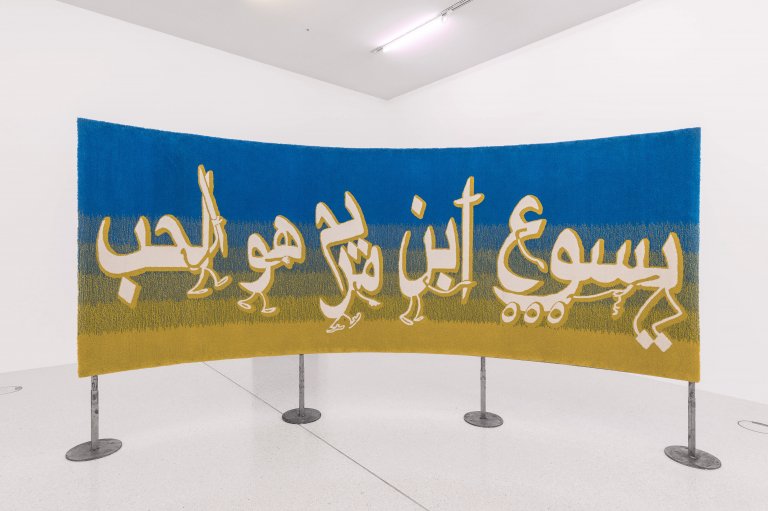
Alphabet Abdal, 2015, woolen, yarn, 190 x 495 cm, 74 3/4 x 194 7/8 in
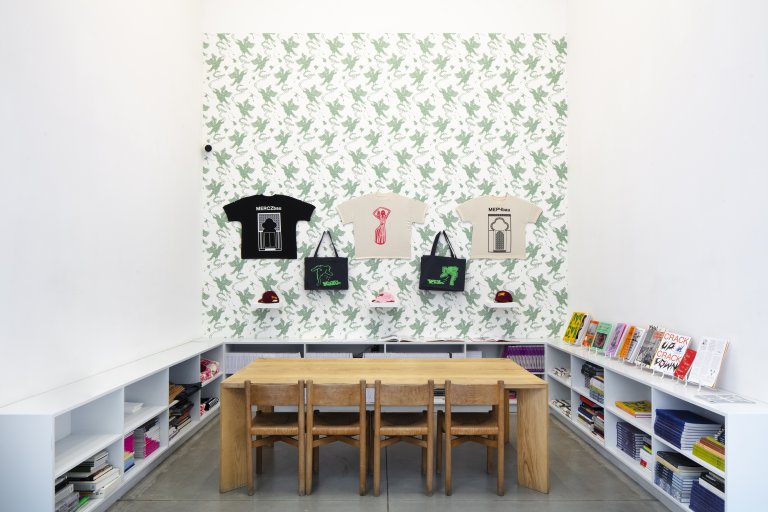
Installation view
